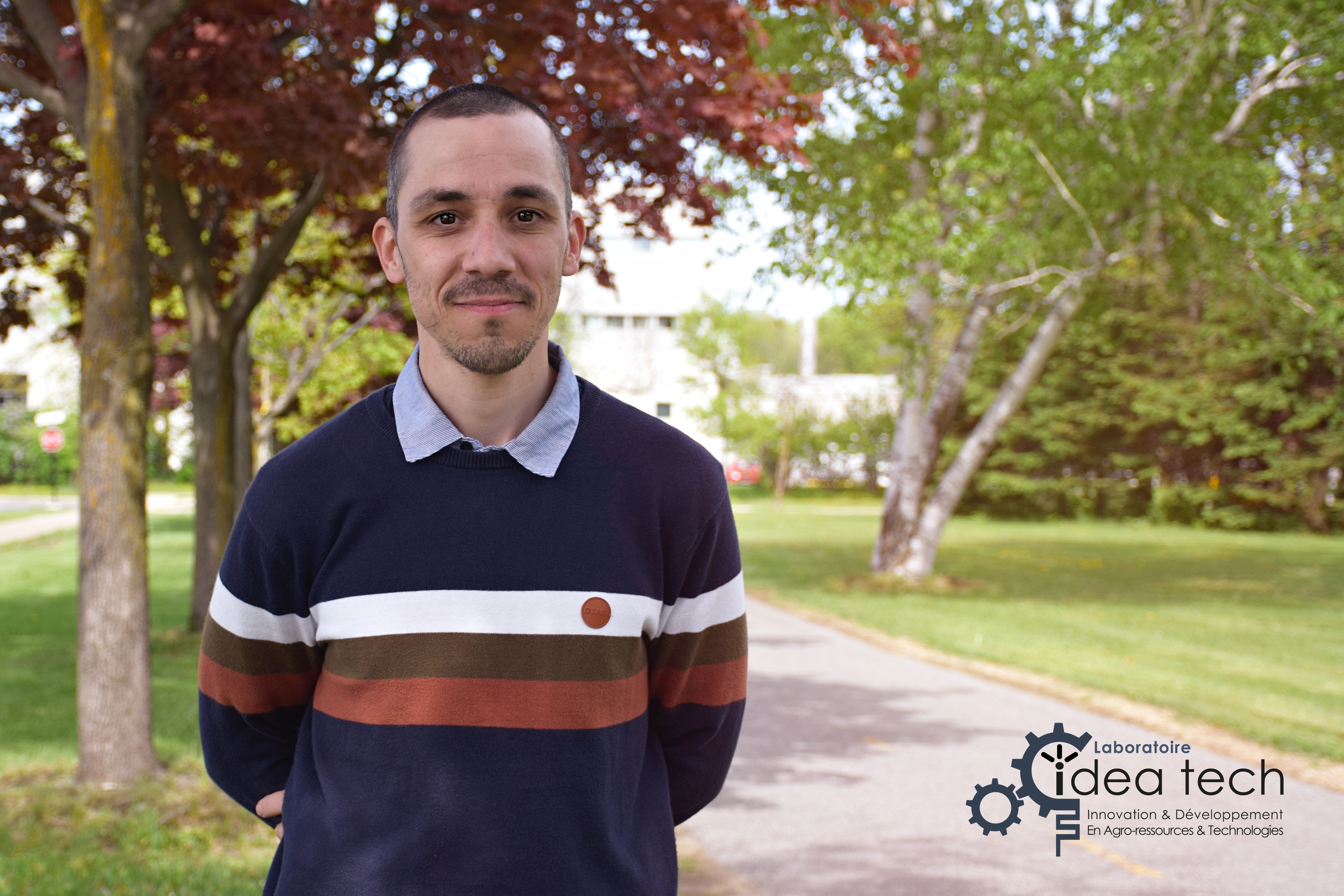Publications
- Année de publication : 2022-04-01
Référence
M. Sergius-Ronot, M. A. Pitino, S. Suwal, S. Shama, S. Unger, D. L. O'Connor, Y. Pouliot, A. Doyen. 2022. Impact of holder, high temperature short time and high hydrostatic pressure pasteurization methods on protein structure and aggregation in a human milk protein concentrate. Food Chemistry, 374, 131808.
Information Complémentaire
Lien vers l'article: https://www.sciencedirect.com/science/article/abs/pii/S0308814621028144
Mot(s) Clé(s)
Concentré protéique de lait humain Traitement thermique Hautes pressions hydrostatiques Interaction protéique Dénaturation protéique Agrégation protéique Alpha-lactalbumine Lactoferrine
Résumé
This work evaluated the impact of high temperature short time (HTST, 72 ◦C, 15 s), high hydrostatic pressure (HHP, 400–600 MPa at 5 and 10 min) and Holder pasteurization (HoP, 62.5 ◦C, 30 min) on protein profile and aggregation in a human milk protein concentrate (HMPC). The structural changes induced in milk proteins were investigated in HMPC as well as in sedimentable and non-sedimentable fractions recovered after ultracentrifugation. The results showed that heat treatments induced more protein denaturation and aggregation than did HHP treatments. Indeed, heat-induced protein aggregates observed in HMPC and the sedimentable fraction were mainly composed of lactoferrin and α-lactalbumin. More specifically, the concentration of lactoferrin in HMPC decreased by 86% after HTST and HoP whereas no effect was observed after HHP treatment. These results show the potential of HHP processing as a pasteurization method for HMPC since it minimizes the impact on protein structure, which generally correlates to protein quality and bioactivity.


